When it comes to maintaining your grease trap, navigating through the murky waters of grease buildup can be like untangling a knotted rope. But fear not, as with the right knowledge and tools, you can effectively manage this essential part of your kitchen.
From the crucial steps for grease trap maintenance to the expert tips for installation, mastering these techniques can save you from potential disasters.
So, are you ready to elevate your grease trap game and ensure a smoothly running kitchen operation?
Key Takeaways
- Regular maintenance prevents clogs and identifies issues early.
- Essential tools include a grease trap pump and high-pressure hose.
- Proper installation involves sizing, location, and compliance considerations.
- Common mistakes to avoid include pouring grease down drains and neglecting routine cleanings.
Importance of Regular Grease Trap Maintenance
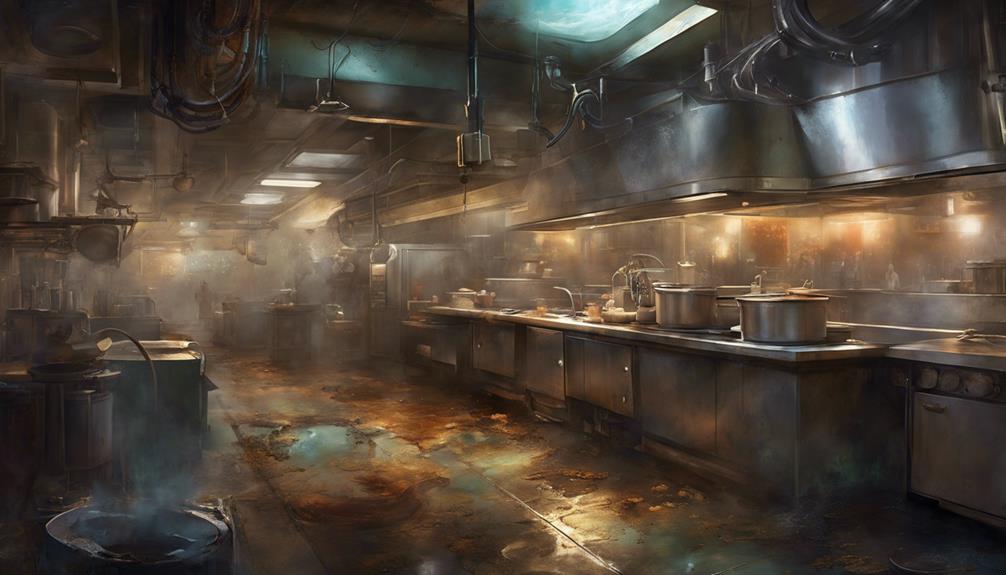
Regular maintenance of your grease trap is crucial for preventing clogs and ensuring efficient operation in your commercial kitchen. Professional maintenance offers various benefits, such as thorough cleaning that removes built-up grease and debris that DIY techniques might miss. Professionals have the expertise to identify potential issues early on, preventing costly repairs down the line. They can also suggest improvements to enhance the efficiency of your grease trap, ultimately saving you money in the long term.
While professional maintenance is highly recommended, there are some effective DIY cleaning techniques you can incorporate in between professional service visits. Regularly scraping dishes before washing them can help reduce the amount of grease going down the drain. Additionally, using enzyme-based cleaners can break down grease buildup in the trap. However, these DIY methods should complement rather than replace professional maintenance to ensure your grease trap functions optimally.
Essential Tools for Cleaning Grease Traps
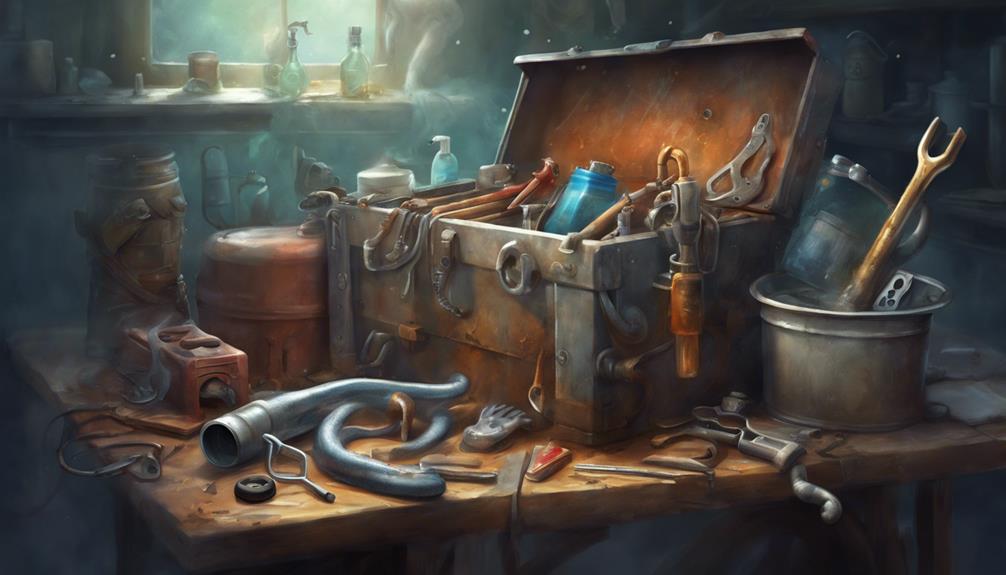
To effectively clean grease traps, utilizing specialized tools is essential for thorough maintenance and optimal functionality. Proper tools ensure that grease trap maintenance is done efficiently, preventing clogs and foul odors. Here are three essential tools for cleaning grease traps:
- Grease Trap Pump: A grease trap pump is crucial for removing large amounts of grease and sludge efficiently. This tool helps in emptying the trap completely, allowing for thorough cleaning and preventing blockages in the system.
- Grease Trap Brush: A grease trap brush is designed to scrub the walls and baffles of the trap, removing built-up grease and residue. This tool is essential for deep cleaning and ensuring that the trap functions effectively.
- Scoop or Shovel: A scoop or shovel is handy for removing solid debris that may accumulate in the grease trap. By scooping out these solids, you can prevent blockages and maintain the efficiency of the trap.
Step-by-Step Guide to Cleaning a Grease Trap
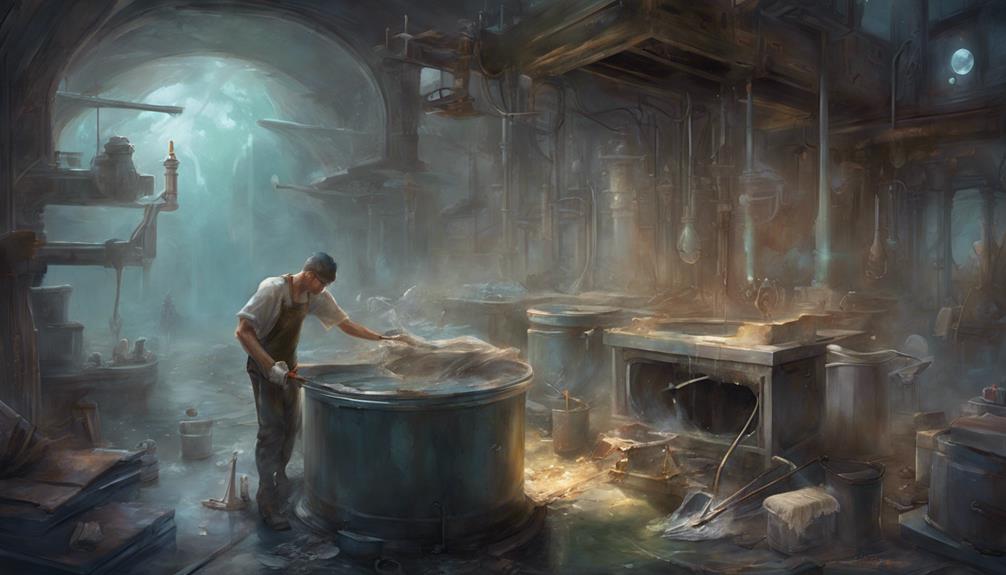
Commence the grease trap cleaning process by inspecting the trap's condition and ensuring all necessary tools are readily available. Start by removing the lid of the grease trap carefully. Use a bucket to scoop out any solid debris present at the top of the trap. Next, utilize a grease trap scoop or spatula to scrape off grease and oil stuck to the walls and baffles of the trap.
For a thorough clean, use a high-pressure hose to rinse the trap and dislodge any remaining residue. Once the trap is clean, inspect the gaskets and seals for any signs of wear or damage. Replace these components if necessary to prevent leaks.
Troubleshooting tips include checking the inlet and outlet pipes for any blockages that may impede the flow of water. If blockages are present, use a plumber's snake or auger to clear them. Finally, after cleaning and inspecting the grease trap, securely reattach the lid and ensure it's sealed properly to prevent any leaks.
Expert Tips for Grease Trap Installation
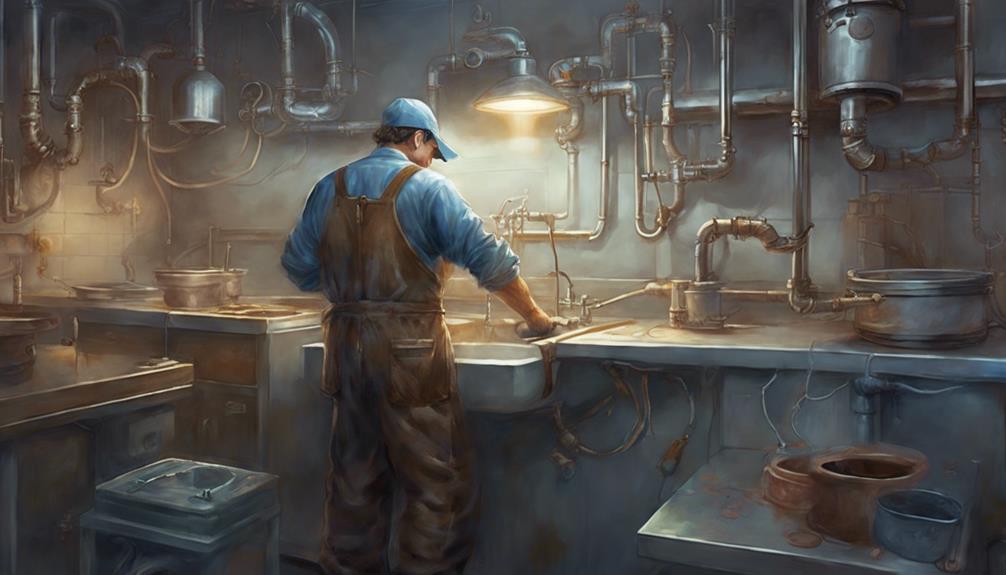
For effective grease trap installation, ensure that the chosen location meets all necessary plumbing regulations and provides easy access for maintenance. Proper planning and execution are crucial to ensure the grease trap functions efficiently. Here are some expert tips for grease trap installation:
- Proper Sizing: Make sure to select a grease trap that's appropriately sized for your establishment's needs. An undersized trap may lead to clogs and backups, while an oversized one can be a waste of money and space.
- Location Considerations: Choose a location for the grease trap that's easily accessible for maintenance purposes. It should also be placed in a spot that allows for proper wastewater flow and meets all local regulations.
- Professional Installation: Hire experienced professionals to install the grease trap. Proper installation is key to ensuring the trap operates effectively and meets all necessary standards.
Following these expert tips will help you set up a grease trap that functions efficiently and meets all regulatory requirements.
Common Mistakes to Avoid in Grease Trap Maintenance
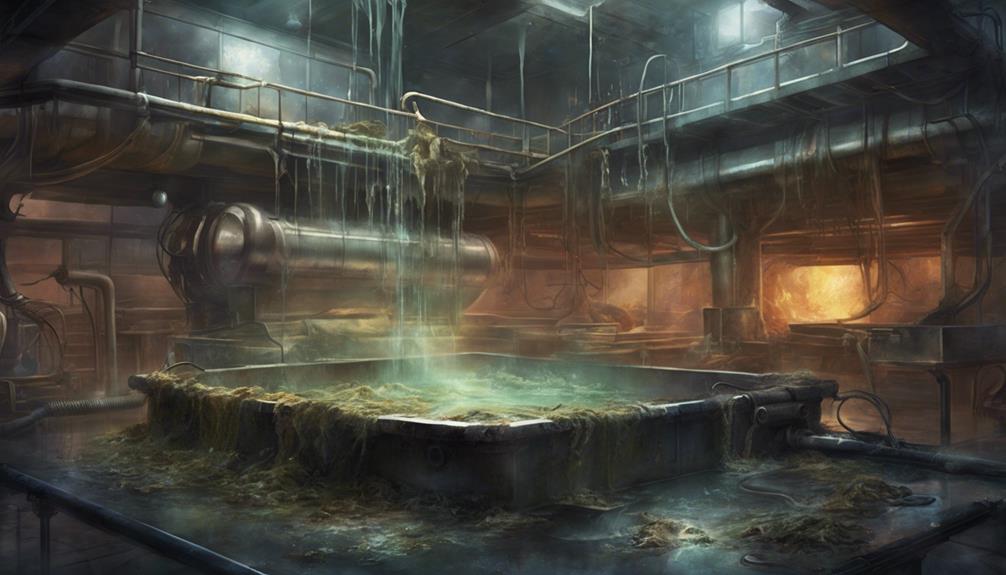
When maintaining your grease trap, steering clear of common mistakes is essential to ensure its optimal performance and longevity. Proper disposal of grease is crucial in grease trap maintenance. One common mistake to avoid is pouring grease down the drain, as this can lead to clogs and blockages in the trap. Instead, collect grease in a separate container and dispose of it properly in the trash.
Preventing clogs is another key aspect of grease trap maintenance. Avoiding the buildup of solid particles and debris in the trap is essential for its smooth operation. Regularly inspect the trap for any signs of blockages and schedule routine cleanings to prevent clogs from forming. Additionally, make sure to use strainers in sink drains to catch food scraps and other solids before they enter the trap.
Frequently Asked Questions
How Often Should a Grease Trap Be Inspected by a Professional?
You should have a professional inspect your grease trap regularly to ensure it functions properly. Maintenance is crucial in preventing clogs and backups. Scheduled inspections help catch issues early, saving you from costly repairs.
Can Household Cleaning Products Be Used to Clean a Grease Trap?
Household cleaning products may seem convenient for grease trap cleaning, but they can cause environmental harm and safety risks. DIY solutions like baking soda and vinegar are safer alternatives that are effective and eco-friendly.
Are There Any Specific Regulations or Guidelines for Installing a Grease Trap in a Commercial Kitchen?
When installing a grease trap in a commercial kitchen, ensure compliance with specific regulations on sizing and requirements. Regular maintenance is crucial for optimal functionality. Follow best practices to prevent clogs and ensure efficient operation.
What Are Some Signs That Indicate a Grease Trap May Need to Be Replaced?
If you notice persistent foul odors, slow drainage, or grease leaks around the grease trap, it may be time for a replacement. Regular inspections and following a maintenance schedule can help catch issues early.
Is It Possible for a Grease Trap to Become Clogged Even With Regular Maintenance?
Yes, even with regular maintenance, grease traps can still become clogged. To prevent this, ensure proper cleaning intervals, monitor solids accumulation, and check for any signs of blockage. Implement troubleshooting measures for early detection.
Conclusion
Now that you have learned the importance of regular maintenance, the essential tools needed for cleaning, and the step-by-step guide to cleaning a grease trap, you're well-equipped to keep your grease trap in top condition.
Remember, proper installation is key to its effectiveness. Don't make common mistakes that could lead to costly repairs.
Stay tuned for more expert tips and tricks to keep your grease trap running smoothly!